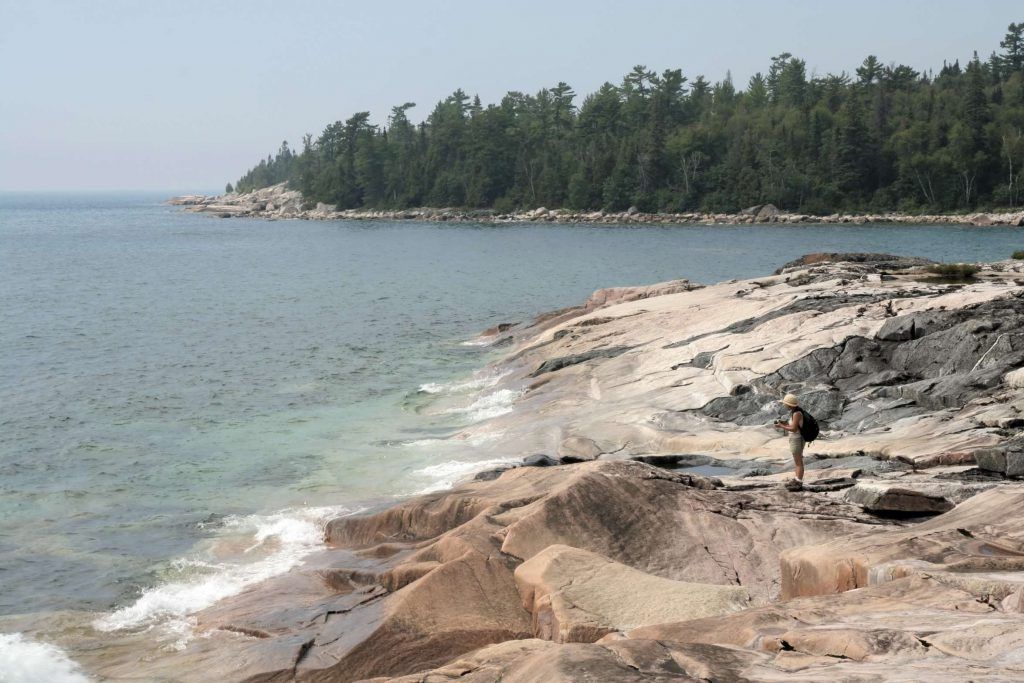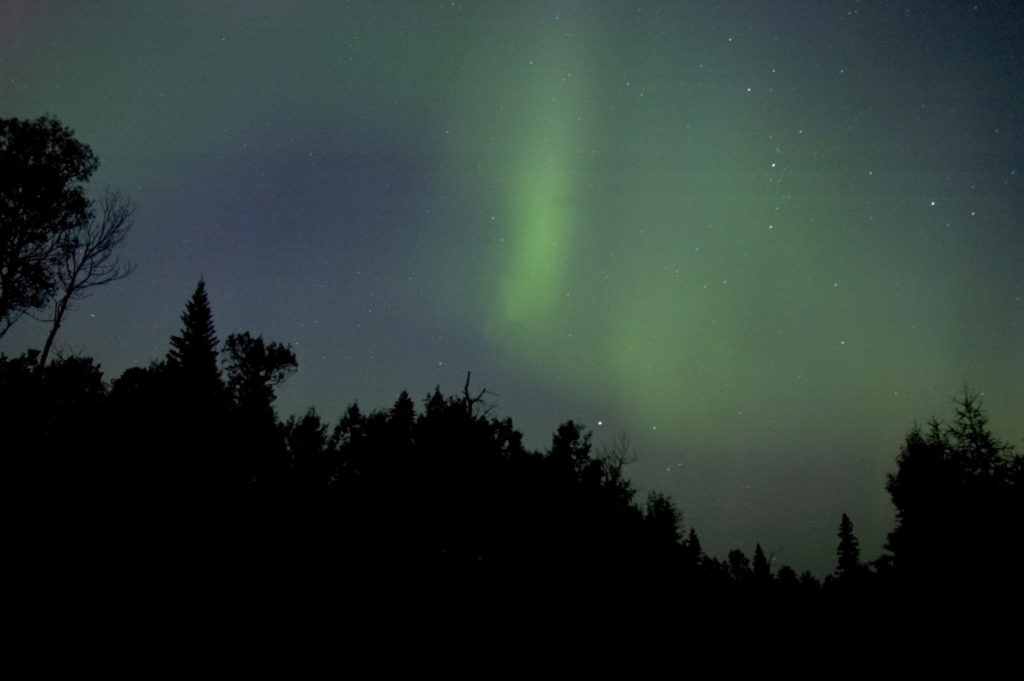This article was originally published in The Walleye.
Like so many traumatic events in our shared history, everyone remembers exactly what they were doing in the days and hours before the world shut down last year. I was in a meeting when everyone’s phones lit up with the news that the Government of Ontario was going to shut down the schools after March break. Within that instant, the seriousness of the novel coronavirus hit home. This was going to be bad.
I spent those first weeks glued to the livestreaming world map that tallied the rapidly growing numbers of infections and deaths. The combination of people’s limited social interactions, tensions within families in lockdown together, financial pressures, and fear of losing loved ones led to a despair that was overwhelming for many, and utterly devastating for some.
As the new normal of COVID-19 anxiety set in – when no one was talking about anything else – a shift started to occur. The deafening roar of human activities had suddenly become muted, and we started to hear things many of us hadn’t really paid attention to in a long time. Spring – the birds, frogs, flowers, rain – beckoned to us. After weeks of indoor isolation, we heeded the call to get outside. People flocked to greenspaces in our community and around the region. Provincial park and other conservation area use increased – so much that physical distancing on trails became challenging sometimes. Mushroom picking exploded. Nearly everyone, and their dogs, were out on Lake Superior over the winter – skating, biking, and walking. While theatres, gyms, and nightclubs may have been closed, forests, beaches and lakes were hopping.

Research supports what we already know from experience. We feel better when our senses connect us to nature, whether feeling a rock smoothed by the rolling waves of Lake Superior, the smell of a balsam tree at Centennial Park, or the sound of spring peepers at Mills Block. Astonishingly, even looking at a tree can boost your mood.
Globally, time spent internet streaming, on social media, and gaming has been steadily increasing for well over a decade, including an estimated 16 million new subscriptions to Netflix in the first month of lockdown. Unlike the stimulation from digital screens, the stimulation we receive from nature has a calming effect. The reasons why time spent in nature helps to support better mental health are complex and our understanding is still evolving, but COVID-19 has much to teach us about our relationship with the natural world.

For those who believe that the Earth is a living, breathing mother, COVID-19 is her way of telling us to stop walking around like we own the place. For those who believe that the Earth is a set of biotic and abiotic factors that interact in complex but ultimately explainable ways, COVID-19 is understood by the convergence of the interactions that preceded it. Regardless of our understanding of how we got here, there is no denying that we’ve arrived at a crossroads.
As we start to emerge from this year of change and adaptation, where do we want to go? Most of our attention over the past year has been on the health crisis out of necessity. We must not lose sight of looming and related dual crises of climate change and biodiversity loss. Will we take the hard-earned lessons from this past year – listen to experts, protect the vulnerable, work together, and value what we’ve got – and head toward a just and sustainable future? Or will we ease back into (something like) our old lives and wait for our phones to light up announcing the next crisis?
